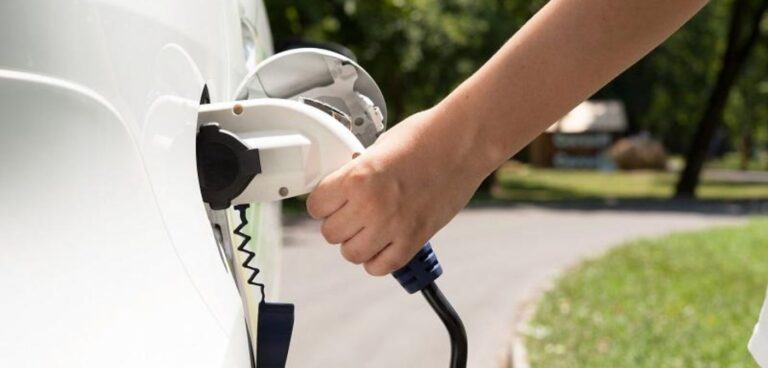Charging infrastructure for electric vehicles (EV) in North Northamptonshire has received a funding boost worth £3.25m from the UK government through the Local Electric Vehicle Infrastructure (LEVI) Fund.
The provisional amount includes £2,895,000 in capital funding to cover purchase and installation costs, as well as a further £351,780 for planning and delivery.
Introducing a greater number of on-street charging forms one part of the council’s wider strategy to incentivise more residents to switch to EVs. The funding will focus on areas with no, or very few, off-street parking spaces, the council has said.
Money will be made available if the Department for Transport (DfT) agrees the council’s plans are suitable.
The local authority plans to submit a business case before the end of 2023 to secure the funding; work will include preparation of an EV infrastructure strategy to inform where money should be allocated.
“I’m delighted that we’ve been allocated this provisional funding from the government which will greatly help to create more charging points around our area,” said Cllr Graham Lawman, North Northamptonshire Council’s executive member for highways, travel and assets.
“As a driver of an electric vehicle myself, I can appreciate the benefits of having an enhanced infrastructure would bring, and I look forward to new proposals being brought forward.”
“Reducing carbon emissions is one of the key priorities for the council as we strive to be carbon neutral by 2030,” said Cllr Harriet Pentland, North Northamptonshire Council’s executive member for climate and green environment.
“Encouraging low-carbon forms of transport is so important to achieve this aim and there is also the added bonus of reducing pollution, which is beneficial for everyone.”
Currently, there are 128 public EV chargepoints in places such as Corby, Higham Ferrers, Kettering, Rushden, Thrapston and Wellingborough, though forecasts suggest that potentially more than 1,000 could be needed across these areas and other towns and in rural communities by 2030.





